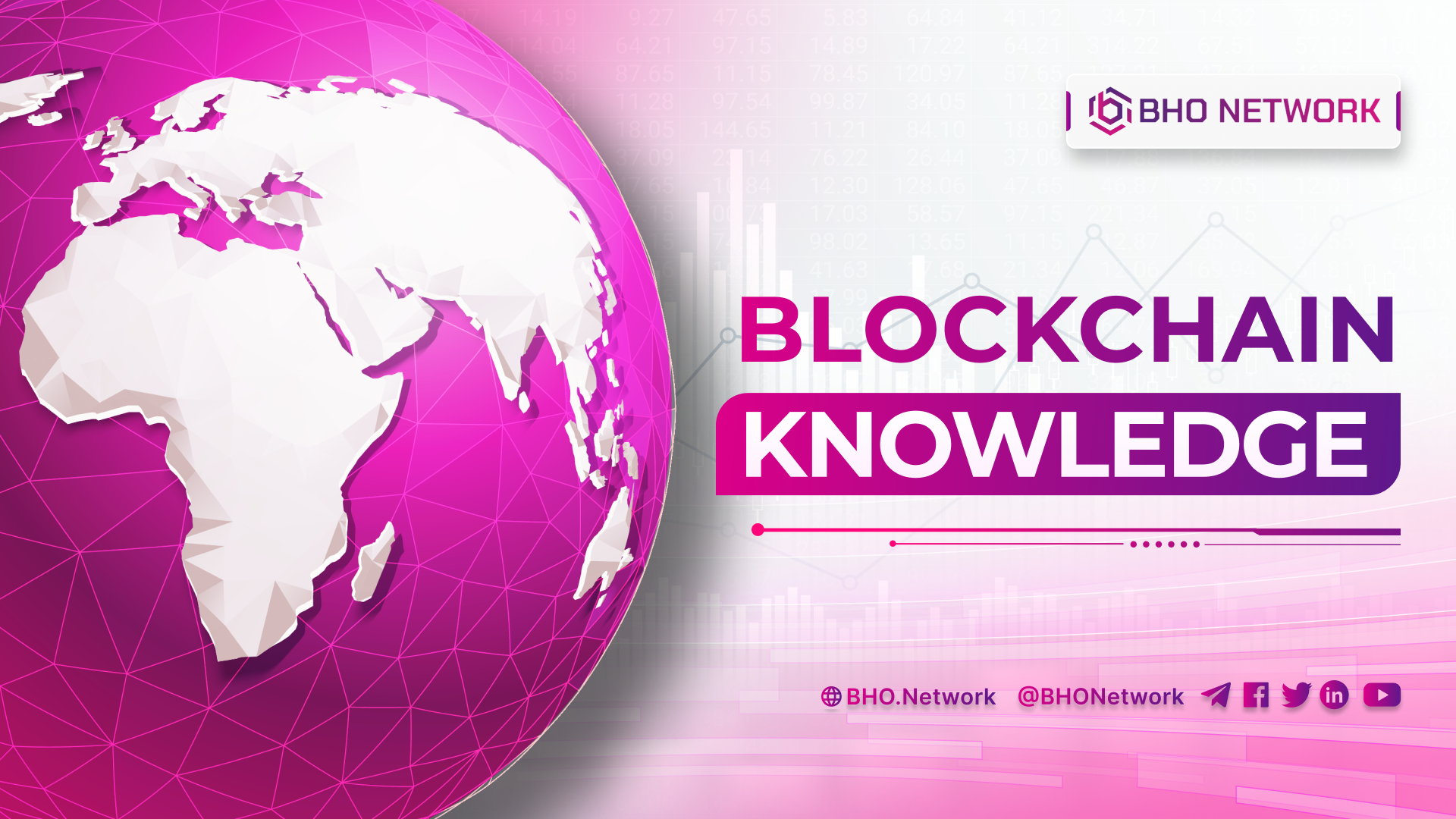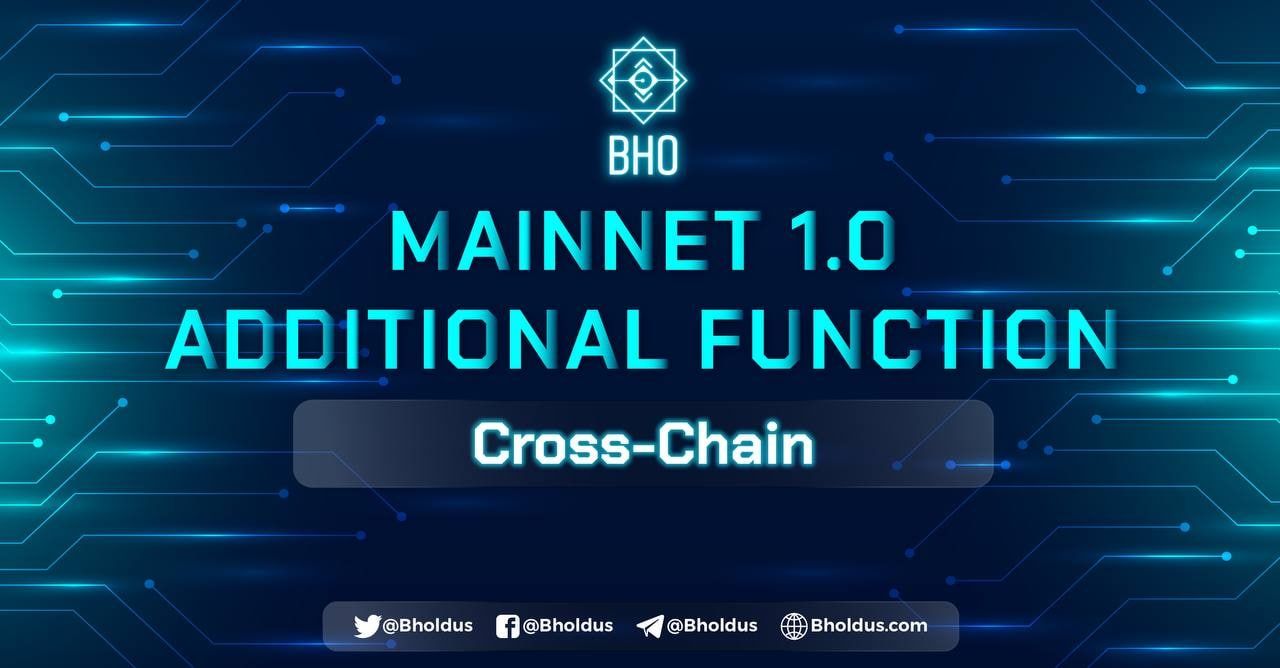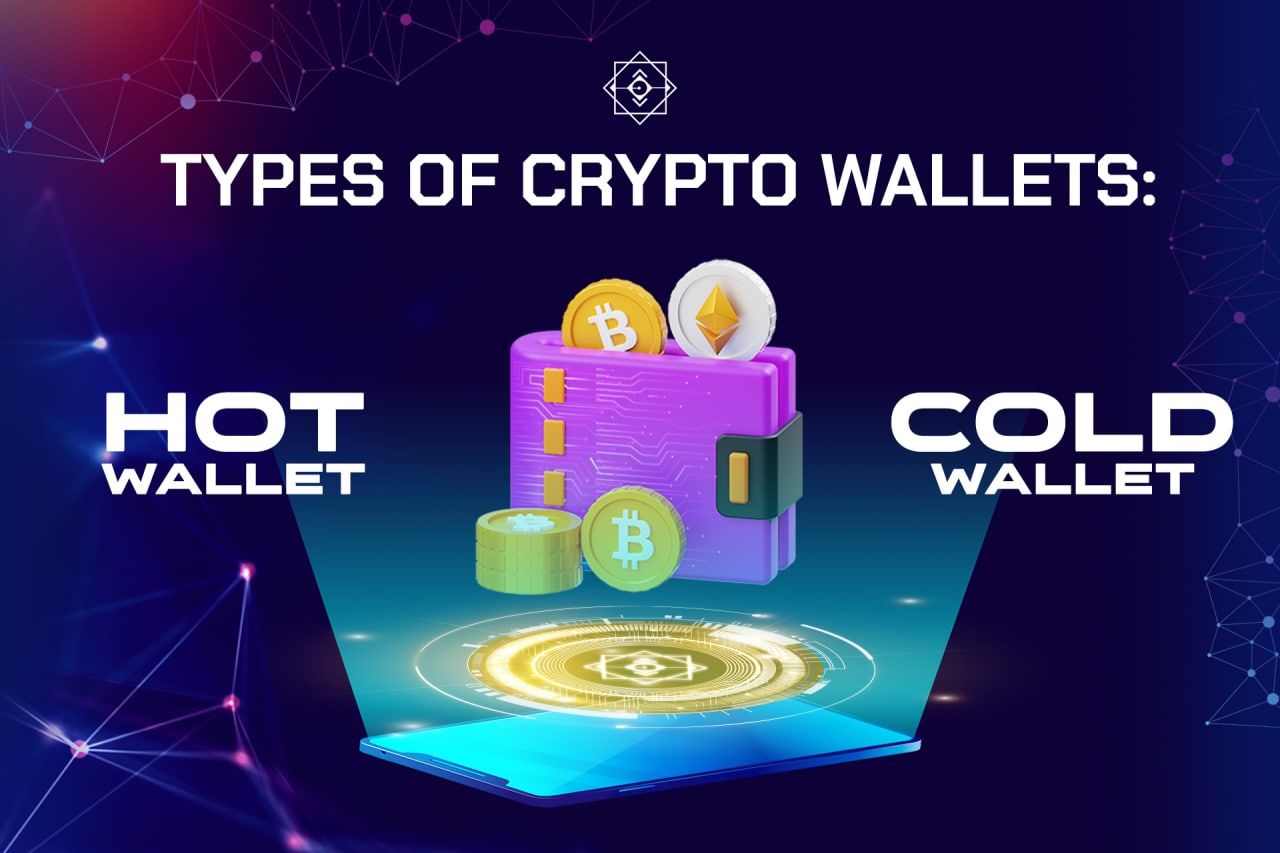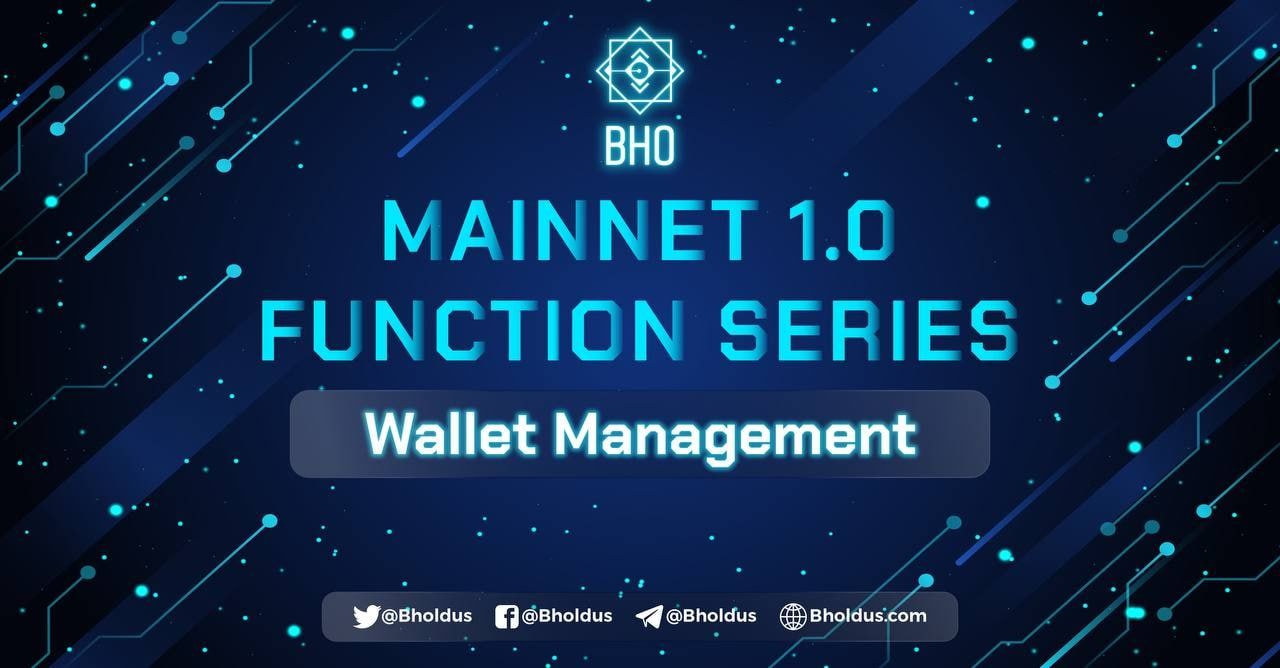- Blog
- Crypto News
- What is Solidity? Everything you need to know about Solidity
What is Solidity? Everything you need to know about Solidity
- 1. Learn what is Solidity?
- 2. How Solidity works on Ethereum
- 3. Advantages and disadvantages of Solidity
- 3.1 Advantages
- 3.2 Disadvantages
- 4. Application of Solidity language
- 5. What does the Solidity programming language do?
- 6. What data types do Solidity supports
- 7. Tools Solidity Developers Can Use
- 8. Where can Solidity be used?
- 8.1 Voting
- 8.2 Crowdfunding
- 8.3 Blind Auction
- 9. Should you learn Solidity?
What is Solidity? What are the outstanding features of Solidity? This is something that investors are very interested in right now. It can be understood simply that Solidity is a programming language used to build applications on the Ethereum and EVM Chain platforms. Let's find out the content below with BHO Network right away.
1. Learn what is Solidity?
Solidity is a programming language for creating smart contracts on Ethereum. This is considered a decentralized Smart Contract platform. Anything created in decentralized systems can be built on Ethereum. It is a decentralized exchange (DEX) or digital art market (NFT Marketplace), DeFi, Metaverse,...
Solidity is also considered a high-level programming language. The audience of this language is primarily programmers who want to develop applications on the Ethereum platform. The Solidity programming language makes it easier for developers to write programs through the combination of letters and numbers.
After being initiated in 2014 by Gavin Wood, this programming language has been developed thanks to the contributions of individuals to the Ethereum project. Led by Christian Reitwiessner, Vitalik Buterin, Alex Beregszaszi and some other members.
2. How Solidity works on Ethereum
Solidity programming language is used to create smart contracts on Ethereum. The way Solidity is not too complicated. This language allows different use cases such as:
- Mint Fungible, Non-Fungible Token into the system.
- Create a decentralized lending market for Fungible Tokens such as Compound, Aave,...
- Create markets to exchange Non-Fungible Tokens, including: Opensea, Superate,...
After developers use Solidity to write programs, one of the essential components that help execute Solidity Code is the EVM. EVM is described as a virtual computer on a Blockchain application. This machine will help turn the Solidity Code of the developers into an application that works on Ethereum.
At a higher level, Solidity also allows programmers to write “Machine Level” codes that can be executed on the EVM. The compiler is then used to break down the lines of code that the developers have written and turn them into instructions that the system's processor can understand and execute.
3. Advantages and disadvantages of Solidity
Although it is one of the prevalent programming languages and is used by many people to write many Blockchain applications, Solidity is similar to any other programming language. There are always advantages as well as certain limitations.
3.1 Advantages
Solidity smart allows the creation of contracts in a safe, transparent and reliable way. If implemented properly, this language can also effectively increase operational efficiency or reduce administrative costs and dependence on 3rd parties.
Solidity uses a large number of programming concepts known as Programming Perceptions. These perceptions exist in many other programming languages such as variables, string manipulation, classes, functions or arithmetic operations, etc.
This is also because C++, and Python, mainly influence Solidity, JavaScript. So if people know a language like Java or C, learning and using Solidity is very easy.
Solidity is one of the Blockchain programming languages used today on Ethereum and EVM Chain. This programming language provides quite a bit of open source documentation on how applications work. Solidity is used in many different situations.
Furthermore, people can quickly build more complex platforms from other people's work. For example, if you are programming a DEX for yourself. You can completely modify Uniswap's source code and add more innovative features on top of the product itself. It can be the features Liquidity Farming, Lending,...
3.2 Disadvantages
In some cases, Solidity's immutability is a limitation of this programming language in some cases. For example, once the contract is made, upgrading or adding additional features is impossible.
Besides, because Ethereum operates on Blockchain technology, it is impossible to collect and update information quickly to the system except through transaction activities. This can be a big deal when it comes to factors such as volatility data or the rates of currency pairs (Forex).
The biggest drawback that can be seen from Solidity is facing is nascent when compared to other older programming languages like C or Java. For developers, this means very few libraries and references. This makes learning Solidity a challenging task for newbies.
Read more: What is Lending? How does Lending work?
4. Application of Solidity language
Solidity is applied to create intelligent contracts for Fungible Tokens and Non-fungible Tokens. Different standards are used to build the above Tokens in the Ethereum ecosystem. This allows a variety of uses to be created for Blockchain users.
Solidity also allows users to use Fungible Token and Non-fungible Token in Ethereum. From creating Non-fungible Tokens to adding these Token to Yield farming Pools to collect profits, different types of Tokens are made possible by Ethereum.
Decentralized autonomous organizations or DAOs for short are also possible thanks to Solidity. DAO - a new form of online organisational structure, mainly written by Solidity. These DAOs will allow people who do not know each other as members to stay together online. Here, people will vote on important decisions of the DAO.
Solidity also makes it possible for users to automate processes in the DAO. This process will include voting on critical decisions and making allocations to DAO members for their contributions to the group.
5. What does the Solidity programming language do?
Completely different from other Ethereum-based virtual machine languages, Solidity will include the following functionality:
- Support for multiple C3 linear updates.
- It supports objects or state variables, data types, and many other programming functions.
- Complex member variables for Contracts have arbitrary hierarchical mapping and structure.
- The application binary interface facilitates several certain tasks in a single contract.
Many Blockchain platforms like Ethereum, Tendermint, Ethereum Classic, Counterparty, ErisDB support Solidity.
6. What data types do Solidity supports
After learning about the features of Solidity, readers will also need to know more about the data types that this programming language supports, such as:
- Integers (integers): Solidity can support both unsigned and signed integer domains. For example, keywords like “Uint256” can be used to allocate a size of 256 bits, and the language also supports runtime exceptions.
- Boolean: Boolean data type when it returns the value "0", it is False and if "1" it is True. This also depends on the precision of the condition. Output is typically generated as a Boolean value when Logical operators are used.
- Modifiers: Modifiers are used to determine the consistency of conditions before the smart contract code is executed.
- String Literals: String literals can be represented by double or single quotes.
In particular, Solidity also provides Enums, operators, and arrays,... forming a data structure called "Mappings". This structure is used to return values associated with storage locations. Because the implementation syntax is very similar to any common programming language. This can support both single as well as multidimensional arrays.
7. Tools Solidity Developers Can Use
Tools solidity sevelopers san use to build intelligent contracts based on programming languages Solidity can be:
- Solgraph: Used to generate a DOT graph that shows the functional control flow of a Solidity and identifies security vulnerabilities.
- Solidity REPL: Solidity REPL is used to able to write command line code on Solidity Console.
- EVM Lab: This is a diverse set of tools with interoperability with the Ethereum virtual machine (EVM). It's the Etherchain API - a viewer that tracks a virtual machine.
- Evmdis: Evmdis stands for EVM Disassembler, which can be statically analysed on top of Bytecode to create a higher level of abstraction than raw EVM operations.
Read more: What is Hold Coin? How to optimize profit when Hold Coin
8. Where can Solidity be used?
Solidity is often used a lot in the following specific cases.
8.1 Voting
Voting solves many problems such as data manipulation, tampering, changing voting machines and booth capture. Smart Contacts Solidity can be created and deployed to make voting transparent and streamlined.
8.2 Crowdfunding
Crowdfunding is done through smart contracts. This can solve problems like third-party commissions or data management. Solid Smart Contracts can crowdfund without requiring a centralized system to build trust. Therefore, this will reduce additional costs.
8.3 Blind Auction
In an open auction, participants can view each other's bids, leading to disputes or fraud. Through Smart Contracts on Solidity, blind auctions can be designed where the user cannot see who is bidding until the auction ends.
9. Should you learn Solidity?
In terms of income, Blockchain Developer is currently one of the most attractive industries in Vietnam and on a global scale. This happens because demand exceeds supply. Therefore, a Blockchain Developer's income will usually be relatively high, whether people choose to work at a certain company or create an application of their own.
In Blockchain Developer, Solidity Dev seems to as the group with the highest need. Because Solidity is a programming language used to create applications on top of Ethereum and EVM Chain. Therefore, it can be seen that Solidity in Blockchain is the most used language today and the income is also handsome.
Solidity is a programming language that you should prioritize learning because of a few things:
- Ethereum has been growing for a few years now. Therefore, the learning materials, and the use cases have been explored quite a lot compared to Coswasm, Link, etc., which is very useful in the learning process of learners.
- The Ethereum & EVM Chain ecosystem is the most extensive and fastest growing in the crypto space. So your growth opportunities will be huge.
Related posts:
This is all about the information on “What is Solidity” with the features of this programming language. Hopefully, the general content shared in the article of BHO Network will be somewhat helpful for readers. Everyone can also follow the page so as not to miss the next new thing.
Published on August 11, 2022
Tagged topics







